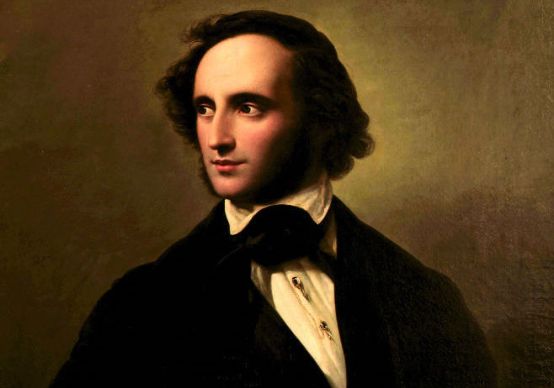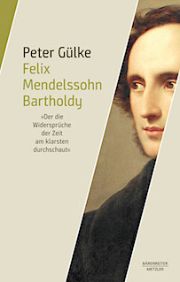Mendelssohn remains a hot potato
Peter Gülke paints a picture of Felix Mendelssohn Bartholdy that is characterized by the paradoxes of the time and a still one-sided view of his works.

When the String Quartet op. 80 in F minor is examined more closely as the first work and leads to the question "Why does the minor gender predominate so conspicuously in the instrumental area (...)", the author is moving in the area of his earlier publication from 2015, Music and farewell. There he had united astonishing insights in a series of works from the Middle Ages to the present under the common aspect of death. Mendelssohn's Opus 80 irritates us in its ruthlessness towards form; it was composed shortly after the death of his sister Fanny - and a few months later he too died. With this structure, Gülke wants to counter the verdict of "perfectionism" and "smoothness" right at the beginning, which is still used against Mendelssohn in descriptions of his works today. And he ends this section with the sentence: "This early death is also one of the catastrophes of music history."
Gülke does not avoid the questions, he even provokes them immediately when he is not with the octet and the music for the Midsummer Night's Dream The composer does not continue with the works that are popular and recognized today, but uses the Piano Sonata op. 6 and the String Quartet op. 13 by the not yet twenty-year-old to point out independent references to great role models. His talent for analyzing and yet vividly describing the course of the music proves itself even where he "only" limits himself to (for him) conspicuous details, which, however, always lead to an illuminating individual insight.
With the cryptic Schumann quote as a subtitle, which he completes on the very first page, "He is the Mozart of the 19th century, the brightest musician who sees through the contradictions of the time most clearly and reconciles them first", Gülke focuses on the composer's significance for the period of 'Romanticism'. At the same time, he points out the difficulties in assessing his oeuvre as a whole and his biography: "Mendelssohn remains a hot potato."
The privileged family situation, the sensational early talents of the siblings Fanny and Felix, the one-sided encouragement of the boy and the associated blocking of his sister's creativity are presented in an unembellished way, as are Felix's numerous sacred works, which were intended to prove the seriousness of his conversion to Christianity, but which were then to be realized with the two oratorios St. Paul and Elias but showed that he did not want to favor any of the religions - from his Reformation Symphony he distanced himself and did not release them for printing.
The most extensive chapter, "Im schönen Zugleich von Kunst und Religion" ("In the Beautiful Simultaneity of Art and Religion"), concentrates on this area of sacred music, where Gülke wants to pinpoint the contradictions most clearly: "Many compositions, complementary to the Reformation Symphony and to the Hymn of praiseseem like attempts to undermine the spiritual/secular distinction from the secular side." And elsewhere: "Nowhere in Mendelssohn's works do reception and evaluation contradict each other as sharply as in sacred music." Gülke therefore devotes the most detailed examination of his works to the two oratorios, but points out: "In trying to listen as deeply as possible to Mendelssohn's music, we risk understanding him differently than he wanted to be understood."
Peter Gülke: Felix Mendelssohn Bartholdy, "Der die Widersprüche der Zeit am klarsten durchschaut", 139 p., with illustrations and bibliography, € 29.99, Bärenreiter/Metzler, Kassel/Stuttgart 2017,
ISBN 978-3-7618-2462-7








